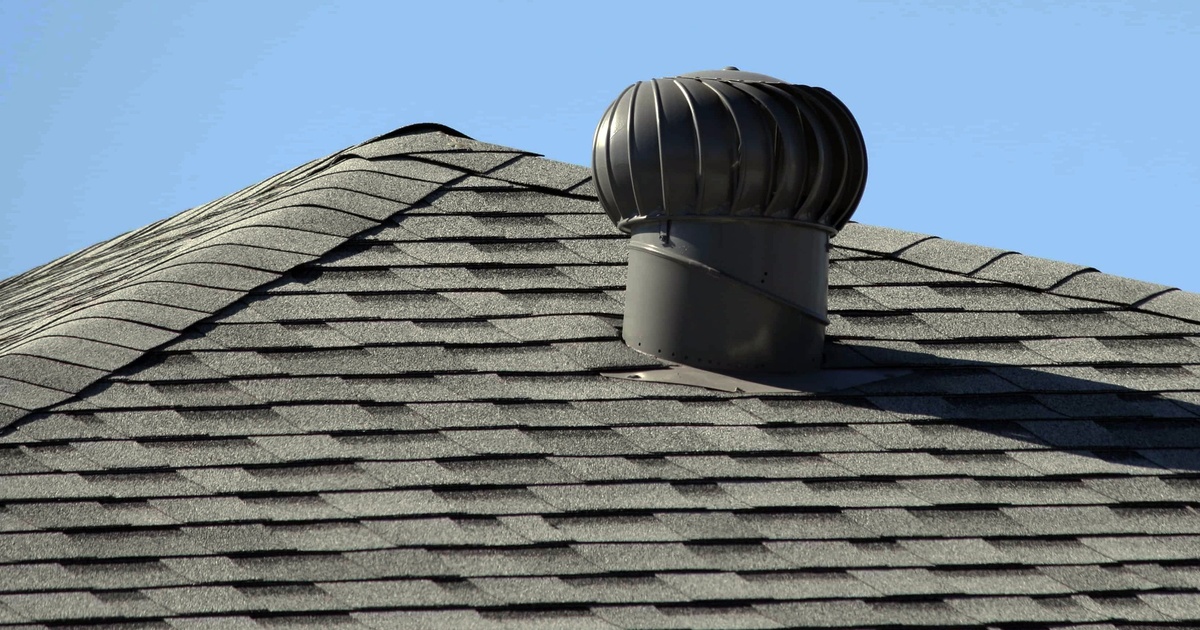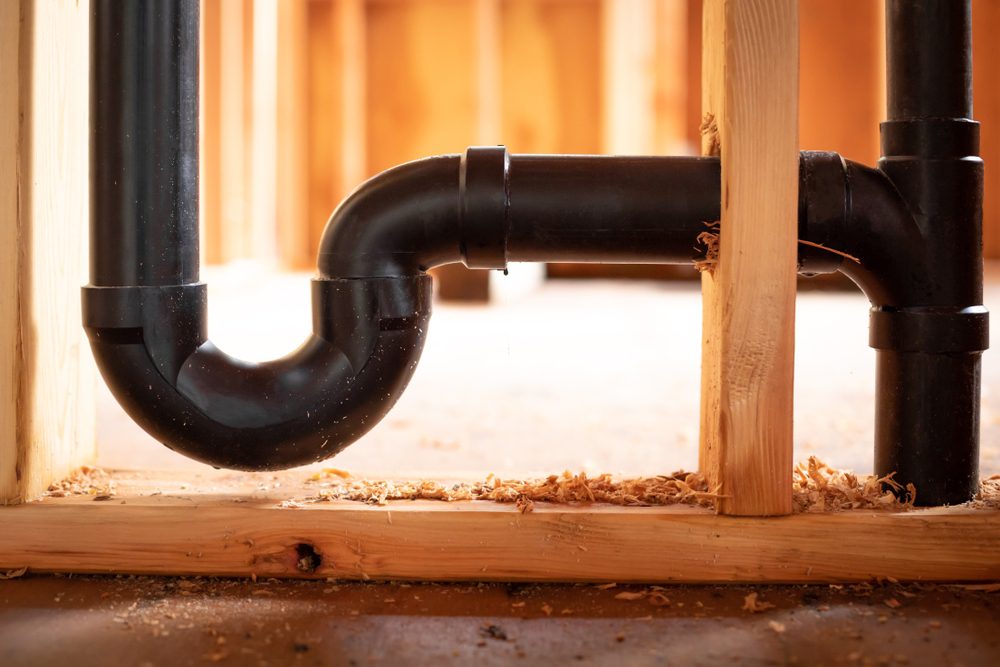Presented here below you will discover additional wonderful details about The Upsides of Proper Ventilation in Plumbing Design.

Proper air flow in plumbing systems is commonly neglected, yet it is crucial for maintaining the functionality and safety and security of your home's plumbing. Ventilation helps control air pressure, protect against the buildup of dangerous gases, and make sure the reliable elimination of waste. In this guide, we will explore the significance of correct pipes ventilation, exactly how it functions, and the advantages it gives your pipes system.
Recognizing Air Flow in Plumbing
Ventilation in plumbing refers to the network of pipelines that permit air to move with the drain system. These vents serve multiple objectives, consisting of controling air pressure within the pipes, preventing sewage system gases from going into the home, and aiding in the smooth circulation of wastewater.
Exactly How Ventilation Works in Plumbing Solutions
Atmospheric Pressure Regulation
Appropriate air flow maintains balanced atmospheric pressure within the pipes system. When water moves via pipelines, it displaces air. Without sufficient air flow, this variation can produce unfavorable stress, bring about slow down drains pipes or siphoning of water from traps, which can create undesirable odors to leak right into the home.
Avoiding Drain Gas Build-up
One of the most important features of pipes vents is to prevent sewer gases, such as methane and hydrogen sulfide, from building up within the home. These gases can present severe wellness threats and are highly flammable. Vent pipes allow these gases to escape safely outdoors.
Aiding in Waste Elimination
Ventilation assists in the effective removal of wastewater by protecting against airlocks in the water drainage system. When air can flow openly through the vents, it enables water and waste to move smoothly via the pipes, reducing the danger of obstructions and backups.
Sorts Of Plumbing Vents
Key Stack Vent
The primary pile air vent, also referred to as the vent stack, is the key vent in a pipes system. It prolongs from the major drain align through the roofing, allowing gases to get away and fresh air to get in the system.
Branch Vent
Branch vents connect to the primary pile vent and serve private components, such as sinks, commodes, and showers. These vents guarantee that each component has ample air flow to function properly.
Air Admission Shutoff (AAV).
An Air Admittance Shutoff (AAV) is a one-way valve that allows air to go into the plumbing system without the need for a conventional vent pipeline expanding through the roof covering. AAVs are frequently made use of in remodellings or areas where mounting a basic vent is impractical.
Indicators of Poor Air Flow in Plumbing.
Slow Draining Fixtures.
If your sinks, bathtubs, or bathrooms are draining gradually, it could be a sign of inadequate ventilation. Poor air flow can create a vacuum cleaner effect, making it difficult for water to drain pipes correctly.
Gurgling Appears.
Gurgling sounds originating from drains are commonly a result of air being sucked via water traps as a result of negative pressure in the pipelines. This is a clear sign of not enough ventilation.
Undesirable Odors.
Sewage system smells inside your home are a red flag that your pipes system is not effectively ventilated. This can suggest that drain gases are not being appropriately vented outside, causing potentially unsafe problems.
Common Ventilation Blunders.
Inadequate Vent Sizing.
Utilizing small vent pipelines can result in inadequate air circulation and pressure discrepancies in the system. It's necessary to make use of vents that meet the specific needs of your plumbing system.
Improper Vent Positioning.
Putting vents also far from the fixtures they offer can decrease their efficiency. Appropriate placement makes sure that air can flow openly and effectively through the system.
Ignoring Code Requirements.
Building regulations provide particular standards for pipes air flow. Disregarding these codes can lead to a system that fails to work correctly and might lead to costly repairs or carcinogen.
Benefits of Appropriate Ventilation.
Improved System Efficiency.
Appropriately ventilated pipes systems run a lot more successfully, with fewer blockages, faster draining pipes, and less pressure on the pipelines. This efficiency expands the life-span of the plumbing system.
Improved Air Top Quality.
By avoiding sewage system gases from entering your home, proper ventilation contributes to better interior air top quality, making your living environment healthier and extra comfy.
Avoiding Water Damages.
Sufficient air flow helps prevent water from being siphoned out of catches, which can cause sewage system gases going into the home and creating water damages with time.
Steps to Ensure Correct Air Flow.
Consulting Plumbing Codes.
Always consult neighborhood plumbing codes when making or changing your pipes system. These codes supply the needed guidelines for appropriate airing vent and guarantee your system fulfills security standards.
Routine Evaluation and Maintenance.
Normal assessments can help recognize potential air flow concerns before they come to be major issues. Upkeep jobs, such as cleaning vent pipes and checking for clogs, are essential for maintaining the system in good working order.
Specialist Installment.
For brand-new installations or major alterations, it's wise to hire a professional plumber. They have the knowledge to ensure the air flow system is appropriately designed and set up according to code.
Verdict.
Proper ventilation is a vital part of any kind of plumbing system, making sure that it operates successfully and securely. By comprehending the value of ventilation, identifying the signs of bad ventilation, and taking actions to preserve your system, you can stop expensive issues and safeguard your home's air top quality.
4 Things You Should Know About Your Plumbing Vents
What Plumbing Vents Are
Also called a vent stack, a plumbing vent is a vertical pipe attached to your drain line that runs through your roof. The plumbing vent pipe, or plumbing air vent, removes gas and odors from your plumbing system and allows fresh air to enter the pipes, helping the water to flow out of the drain pipes.
What Plumbing Vents Do
Plumbing vents have two basic functions. One of which is to allow unpleasant smelling wastewater and sewer gasses to escape your plumbing system instead of entering your home. Plumbing vent pipes are typically located on roofs, away from windows, to ensure the fumes exit the home completely.
The other function of the plumbing vent is to move fresh air into your plumbing system. This helps move water through every plumbing fixture in your house, like toilets and sink drains. Think of the way in which you need to let a little air into the bottle as you pour soda in order to make the drink flow smoothly.
Different Types of Plumbing Vents
True vent: This is the most common vent option. In simplest terms, a true vent is a vertical pipe attached to your drain line that exits through the roof. They often function as the main vent that other fixtures can connect to. Re-vent pipe or auxiliary vent: Attached to the drain line near specific plumbing fixtures, re-vent pipes run up and over to connect to the main vent. Common vent: Two plumbing fixtures installed on opposite sides of a wall are typically tied into the vent stack using something known as a sanitary cross. Wet vent: This venting option operates as a drain pipe and a vent at the same time. Wet vent drainage systems drain water from one fixture while venting the air from another. Although they’ve been used for over 100 years, wet vent systems have only recently been added to the plumbing code in many areas. If you’re planning on installing one in a bathroom remodel, make sure you check your local code prior to construction. Loop vent: For free-standing fixtures like kitchen island sinks, loop vents are ideal. These vent pipes run under the floor, rise from the P-trap, and create a loop inside the cabinet sink. Air admittance valve: An AAV is a one-way mechanical valve typically installed at the site of the plumbing fixture. AAVs allow venting to occur without having to tie into a larger venting system. They’re ideal for venting fixtures where you aren’t able to easily connect to an existing vent system. Common Plumbing Vent Issues
Although vent pipes typically don’t have water flowing through them, they’re still subject to many typical plumbing issues. For example, clogs are one of the most common problems associated with sewer vent pipes. If your vent pipe gets clogged, all of your plumbing fixtures tied into the vent stack will be affected.
A sink with a slow drain that bubbles and gurgles or a strong sewage smell around your toilet are both indicators that your toilet vent pipe is clogged. Because most vent pipes exit through the roof, old leaves, twigs or even a bird’s nest could be clogging the pipe.
Clogs in your vent pipe system cause a buildup of negative pressure, meaning that water won’t be able to flow out of your home very well. It’s similar to putting your finger over the opening of a straw to trap water inside. When you remove your finger, the water is able to flow out of the straw.
If you suspect you have any blockage in your vent, make sure you have a professional come examine the situation. Left unchecked, a blocked air vent can lead to other costly repairs, like leaks and sediment buildup.
Under Pressure
Pipe vents are essential aspects of a home’s plumbing system. Owning a home means learning about all sorts of things you never put much thought into before. But by understanding as much as you can about the important systems of your home, you can keep those budgets intact and those anxiety levels low.
https://www.homeserve.com/en-us/blog/home-improvement/plumbing-vents/

I'm certainly very drawn to What Is A Plumbing Vent & How Do They Work? and I'm hoping you enjoyed reading the post. Sharing is caring. Helping others is fun. Many thanks for your time spent reading it.
Get A Free Quote